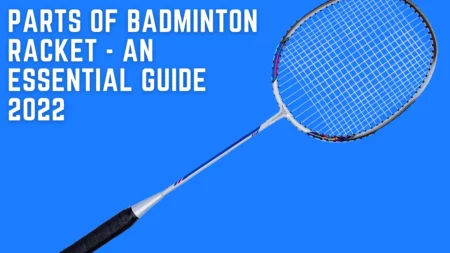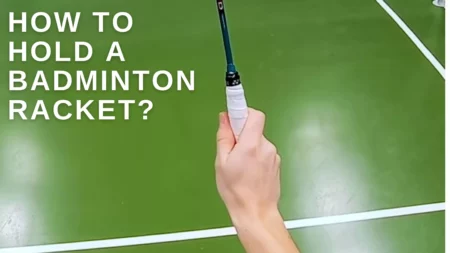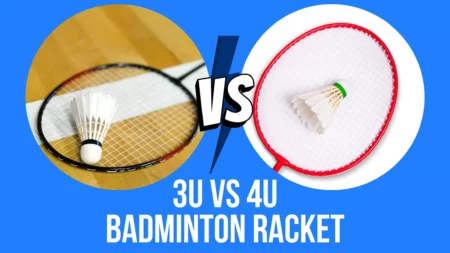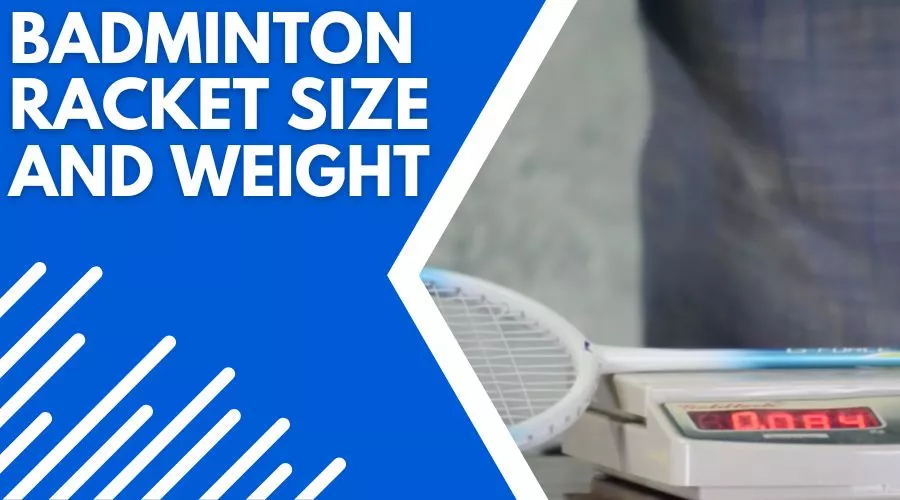
As I stepped onto the badminton court with my brother, I couldn’t help but feel a little nervous. It had been a while since we had played together, and I wasn’t sure if my skills were up to par. But as we started warming up,
I realized that my biggest concern was the racket I was holding. It felt heavy and cumbersome, completely throwing off my usual swing.
As I took a break between games, my brother noticed my frustration and asked if I was okay. I explained to him that the size and racket weights just didn’t feel right to me.
That’s when he told me that finding the perfect racket is all about personal preference. Some professional players prefer lighter rackets for quicker movements, while others prefer heavier ones for more power.
That’s when me and my brother decided to take a closer look at the size and weight of balance badminton rackets and how they can impact a player’s game.
Badminton Racket Weight table
Here is an example of a table that provides information on badminton racket weight:
| Racket Weight | Description |
|---|---|
| Up to 80 grams | Ultralight rackets are designed for fast swings and quick movements. They are ideal for players who prioritize speed and agility over power. |
| 80-89 grams | Lightweight rackets offer a balance of speed and power. They are suitable for players who want a faster racket but still need some control. |
| 90-99 grams | Midweight rackets provide a good balance of power and control. They are suitable for a wide range of players, from beginners to advanced. |
| 100-109 grams | Heavy rackets offer more power and stability but may be slower and less maneuverable. They are ideal for players who prioritize power and control over speed. |
| 110 grams or more | Extra heavy rackets are designed for players who need maximum power and stability. They may be slower and less agile but can generate a lot of force on shots. |
Note: Most racket’s weight ranges are approximate and may vary slightly depending on the manufacturer. It is important to choose a weight that feels comfortable and natural to use based on your individual playing style and physical characteristics.
Weight range of badminton rackets by various brands:
| Brand | Racket Weight Range (grams) |
|---|---|
| Yonex | 80-100 |
| Li-Ning | 80-105 |
| Wilson | 85-110 |
| Victor | 80-105 |
| Babolat | 85-105 |
| Head | 85-110 |
| Dunlop | 85-110 |
| Prince | 85-110 |
Keep in mind that these weight ranges are approximate and may vary depending on the specific model of the racket. It’s always a good idea to check the specifications of a racket before purchasing it to ensure that it meets your needs and preferences.
Basics of racket size and weight measurements
When choosing badminton racket parts, it’s important to consider the size, weight, and grip size of the racket, as well as the balance point. Racket size is typically measured by the head size, which refers to the surface area of the strings.
A larger head-heavy size typically offers a larger sweet spot, while a smaller head size can offer better control. The weight of a racket is typically measured in grams, and a headlight racket may be more maneuverable while a heavier racket can provide enough power.
The bigger grip size, or circumference of the handle, is also important to consider, as a comfortable grip size is crucial for good control.
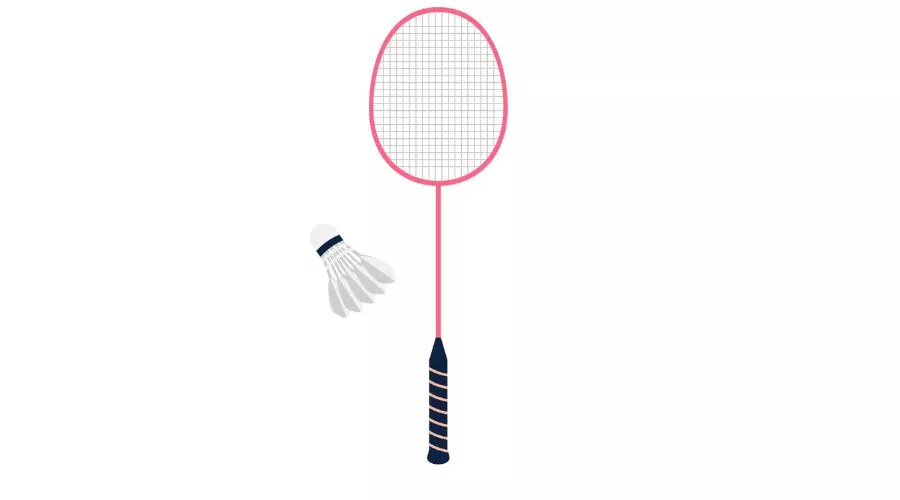
In addition to these measurements, it’s also important to consider the balance point of a racket, which refers to the weight distribution of weight within the racket. Rackets with a head-heavy balance point may offer more power, while those with a head-light balance point may offer more control.
Some racket brands, such as Victor, offer head-heavy shapes and lightweight rackets with conventional frames made of carbon fiber composite, which can be helpful for players looking for a balance of power and control.
Advanced players may also consider the flexibility of the shaft and the string bed of the racket. Rackets with flexible shafts can help generate extra power for control power shots, while a denser string bed can provide more control for defensive shots.
Players looking to add extra unstrung weight to their racket for more power may consider adding lead tape to the head of the racket or using a racket with a heavier head and a more conventional frame.
However, it’s important to keep in mind that excellent technique and control are just as important as power, and a racket that is too heavy or difficult to maneuver may not be the best choice for all players.
International size and weight standards

The International Badminton Federation (IBF) has established international size and weight standards for badminton rackets. These standards ensure that all rackets used in competitive play meet certain requirements in terms of size and weight.
The IBF specifies that the head size of a racket must not exceed 572 cm2 and the weight must not exceed 85 grams (without the shuttlecock). The grip size must also fall within certain dimensions, with the maximum allowed circumference being 200 mm and the minimum being 90 mm.
In addition to these requirements, the IBF also has guidelines for the balance point of a racket. The balance point must fall within a range of 280 mm to 330 mm when measured from the top of the handle to the center of the racket’s head.
It is important to note that these standards apply only to rackets used in competitive play and may not necessarily apply to recreational rackets. However, they can provide a useful reference point for players who are looking for a racket that meets certain performance requirements.
Factors to consider when choosing a racket size and weight
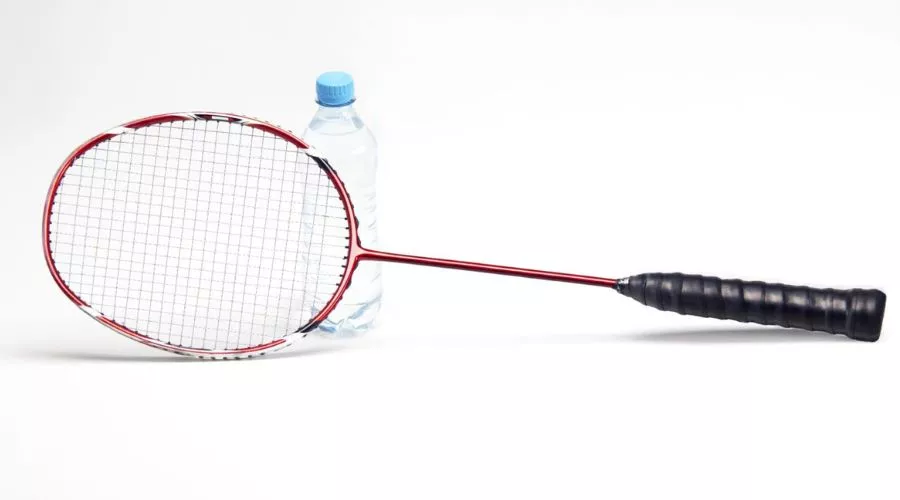
When selecting a badminton racket, it’s important to consider factors such as the player’s skill level and style of play, physical characteristics, and playing conditions.
Pros and cons of different size and weight options for different styles of play
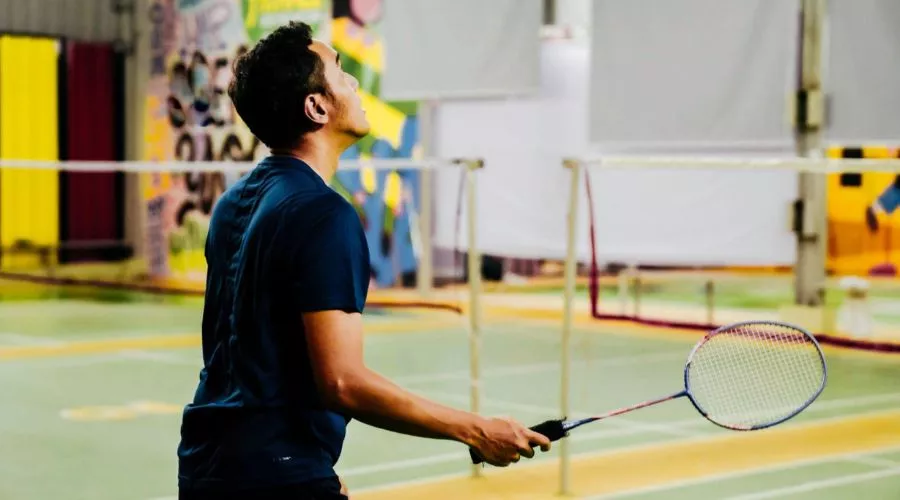
When it comes to selecting the right badminton racket size and weight of a badminton racket, it is important to consider how these factors will affect your playing style.
One of the main advantages of a lighter racket is that it allows for react quicker movements and improved maneuverability.
This can be especially beneficial for players who rely on speed and agility, such as defensive players or those who prefer a more control-oriented game.
A lighter racket can also be less tiring to use, making it a good option for longer matches or practice sessions.
A lighter racket may lack power and may not be suitable for players who rely on strong shots or those who play in windy conditions. In these cases, heavier rackets may be a better option as they can provide more stability and power.
A heavier racket can also be more forgiving on off-center hits, making it a good choice for players who need more accuracy.
On the other hand, a heavier racket may be more difficult to maneuver and may require more strength and effort to use effectively. It may also be more tiring to use over extended periods of time.
Ultimately, the ideal size and weight of a racket will depend on the individual player’s style of play and physical characteristics.
It may be necessary to try out different options and consult with a coach or experienced player to find the perfect fit.
How racket size and weight affect your game
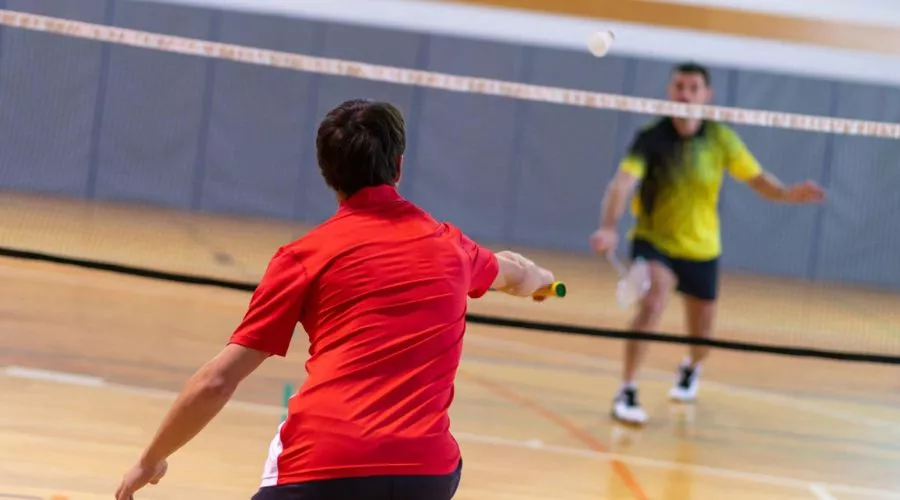
I can personally attest to the importance of choosing the right badminton racket size and weight for my game.
When I first started playing, I used a racket that was too heavy for my skill level and style of play. This made it difficult for me to execute quick movements and placed too much strain on my arm. As a result, my accuracy and control suffered.
On the other hand, when I switched to a lighter racket that was better suited to my skill level and playing style, I noticed a significant improvement in my game.
I was able to move the racket more easily and place my shots more accurately. My arm also felt less strained, allowing me to play longer without fatigue.
I have also experimented with different head sizes and grip sizes and have found that certain combinations work better for me than others.
It is important to find a racket that feels comfortable and natural in your hand, as this can help improve your overall performance on the court.
In conclusion, the size and weight of a racket can greatly affect your game, and it is important to find the right combination that works for you. This may require some trial and error, but the effort will be worth it in the end as you see an improvement in your performance.
FAQS
What is the standard size of a badminton racket?
The standard size of a badminton racket is determined by the International Badminton Federation (IBF). According to the IBF’s rules, the head size of a racket must not exceed 572 cm2. The weight of a racket must not exceed 85 grams (without the shuttlecock). The grip size must also fall within certain dimensions, with the maximum allowed circumference being 200 mm and the minimum being 90 mm. These standards apply to rackets used in competitive play and may not necessarily apply to recreational rackets.
What is the weight of a badminton racquet?
The weight of a badminton racket can vary widely, with options ranging from ultra-light (below 70 grams) to ultra-heavy (above 95 grams). The ideal weight for a racket will depend on the individual player’s style of play and physical characteristics.
Are there different sizes of badminton rackets?
Yes, there are different sizes of badminton rackets available. The size of a racket is typically measured by its head size, which refers to the surface area of the strings. A larger head size typically provides a larger sweet spot, which can be helpful for players with less accuracy or power. A smaller head size can offer more control but may require more precise shot placement. It is important to find a racket with a head size that feels comfortable and allows you to play your best game.

